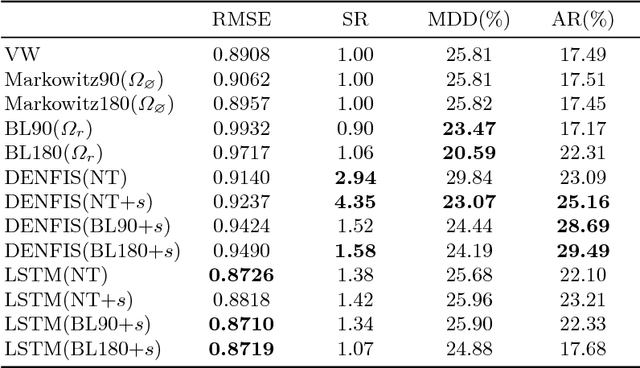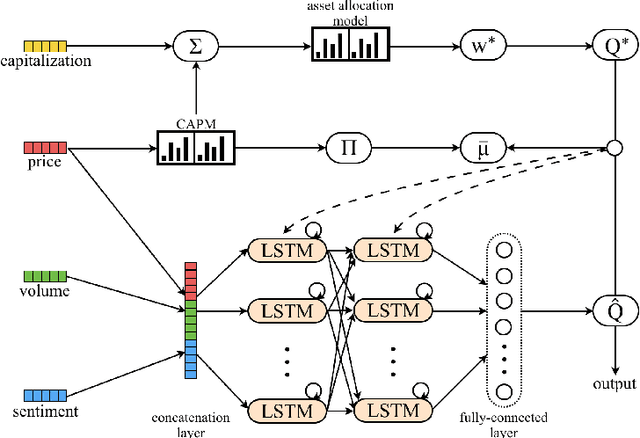Lorenzo Malandri
XAI meets LLMs: A Survey of the Relation between Explainable AI and Large Language Models
Jul 21, 2024

Abstract:In this survey, we address the key challenges in Large Language Models (LLM) research, focusing on the importance of interpretability. Driven by increasing interest from AI and business sectors, we highlight the need for transparency in LLMs. We examine the dual paths in current LLM research and eXplainable Artificial Intelligence (XAI): enhancing performance through XAI and the emerging focus on model interpretability. Our paper advocates for a balanced approach that values interpretability equally with functional advancements. Recognizing the rapid development in LLM research, our survey includes both peer-reviewed and preprint (arXiv) papers, offering a comprehensive overview of XAI's role in LLM research. We conclude by urging the research community to advance both LLM and XAI fields together.
HR-MultiWOZ: A Task Oriented Dialogue Dataset for HR LLM Agent
Feb 01, 2024



Abstract:Recent advancements in Large Language Models (LLMs) have been reshaping Natural Language Processing (NLP) task in several domains. Their use in the field of Human Resources (HR) has still room for expansions and could be beneficial for several time consuming tasks. Examples such as time-off submissions, medical claims filing, and access requests are noteworthy, but they are by no means the sole instances. However, the aforementioned developments must grapple with the pivotal challenge of constructing a high-quality training dataset. On one hand, most conversation datasets are solving problems for customers not employees. On the other hand, gathering conversations with HR could raise privacy concerns. To solve it, we introduce HR-Multiwoz, a fully-labeled dataset of 550 conversations spanning 10 HR domains to evaluate LLM Agent. Our work has the following contributions: (1) It is the first labeled open-sourced conversation dataset in the HR domain for NLP research. (2) It provides a detailed recipe for the data generation procedure along with data analysis and human evaluations. The data generation pipeline is transferable and can be easily adapted for labeled conversation data generation in other domains. (3) The proposed data-collection pipeline is mostly based on LLMs with minimal human involvement for annotation, which is time and cost-efficient.
* 13 pages, 9 figures
Discovering Bayesian Market Views for Intelligent Asset Allocation
Jun 29, 2018



Abstract:Along with the advance of opinion mining techniques, public mood has been found to be a key element for stock market prediction. However, how market participants' behavior is affected by public mood has been rarely discussed. Consequently, there has been little progress in leveraging public mood for the asset allocation problem, which is preferred in a trusted and interpretable way. In order to address the issue of incorporating public mood analyzed from social media, we propose to formalize public mood into market views, because market views can be integrated into the modern portfolio theory. In our framework, the optimal market views will maximize returns in each period with a Bayesian asset allocation model. We train two neural models to generate the market views, and benchmark the model performance on other popular asset allocation strategies. Our experimental results suggest that the formalization of market views significantly increases the profitability (5% to 10% annually) of the simulated portfolio at a given risk level.
 Add to Chrome
Add to Chrome Add to Firefox
Add to Firefox Add to Edge
Add to Edge